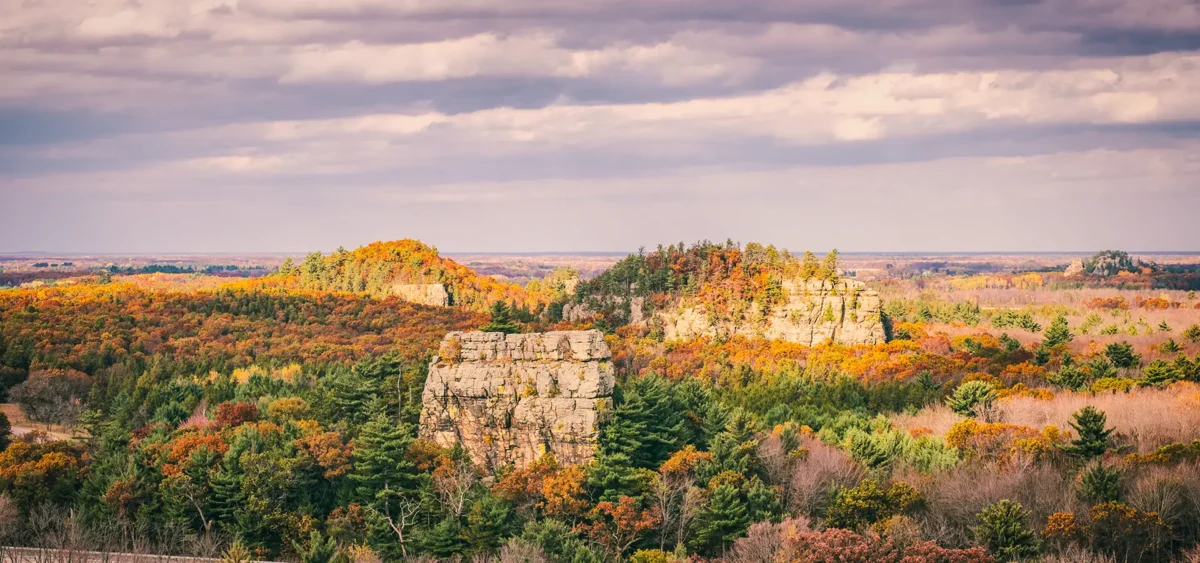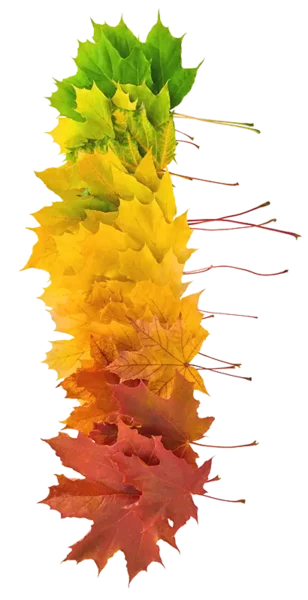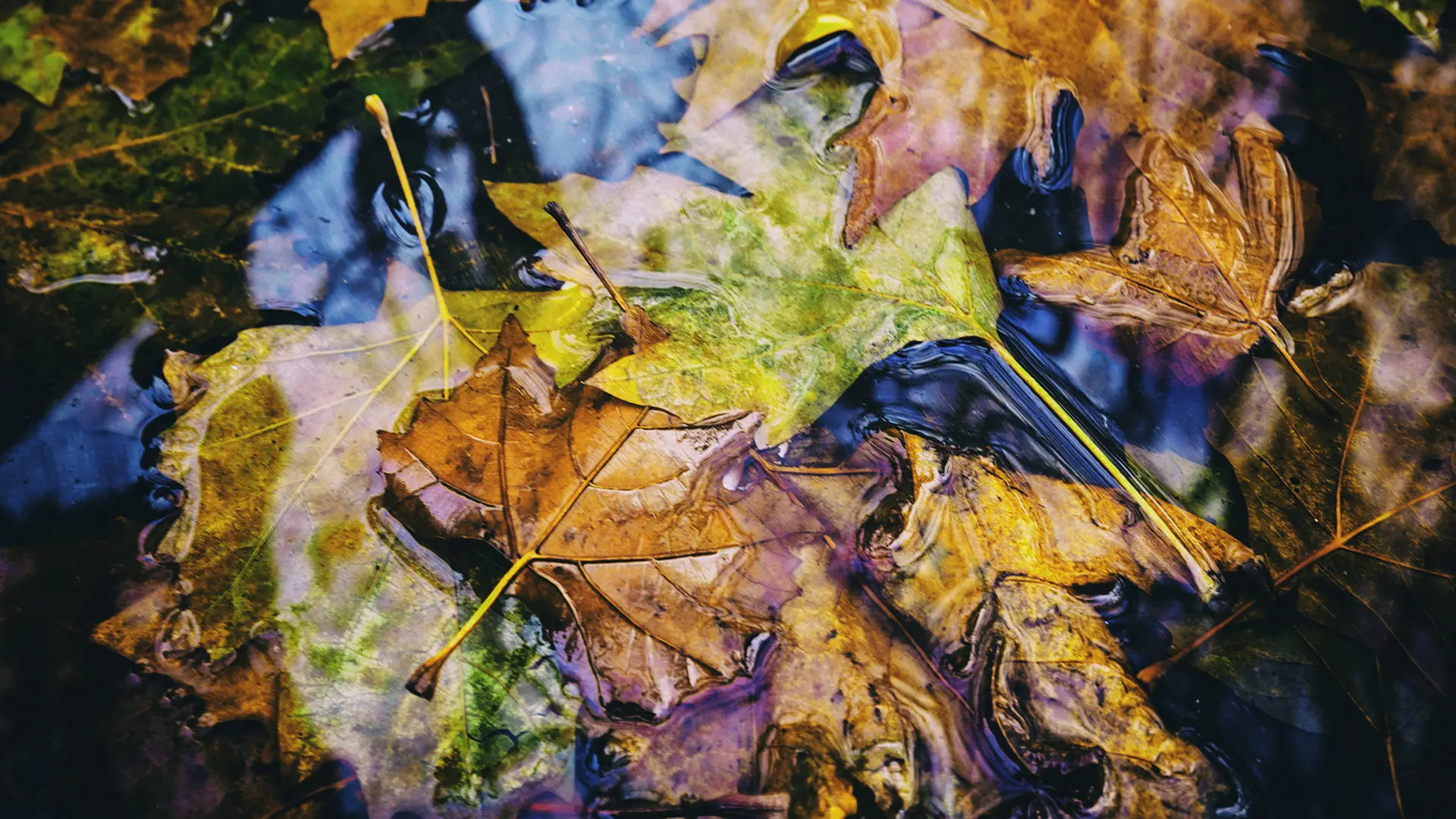While pumpkin spice may be polarizing and football rivalries can ruin friendships, there’s a fall activity everyone can get behind: enjoying the changing leaves. Whether you’re hitting the trails or the road for proper leaf peeping — or just enjoying the view from your living room window — here are five expert tips for seeing how the water and weather in your community set the tone for fall foliage.
Early, dull color, followed by a fast leaf drop? That’s drought.
Periods of drought put stress on trees, reducing the energy they need to maintain their foliage. “During severe drought, some trees will begin to enter winter dormancy early,” says Amanda Schwabe, outreach specialist for the Wisconsin State Climatology Office. That means that the colors will arrive early, but it won’t last.

Raking up green? Blame the rain.
Waterlogged leaves often end up with fungal diseases, which causes them to drop early. “Heavy rain events during the fall can also knock leaves off of trees as their stems weaken,” Schwabe adds.

Vibrant yellows and oranges? Water played no part.
“Species that turn yellow and orange — for example, aspen, hickories, ash, and walnut — will turn basically the same shade every fall,” says Kate McCulloh, the Rebecca Blank Professor of Botany and a researcher in the Center for Ecology and the Environment. That’s because they’re actually those colors all along — they’re just so heavily masked by green that we can’t perceive them. Water may affect the timing, but it won’t change the color itself.
Bold reds? No drought detected.
For trees and shrubs that turn red, too much rain limits photosynthesis, resulting in duller reds, explains McCulloh. “Reds tend to be most brilliant when fall conditions have warm sunny days and cool (but not freezing) nights,” she adds. (Those cool fall nights — at least in Wisconsin — have been shifting; “Since 1950, Wisconsin’s low temperatures during the fall season have warmed by an average of three to five degrees across the state,” says Schwabe.)
Trying to predict prime peeping? It’s complicated.
Theoretically, prime leaf color should line up with the changing seasons; color transitions happen when nights lengthen (i.e. when there’s less sunlight). But our changing climate — water-related or otherwise — is shifting the pattern. “Earlier springs caused by the warming climate are associated with earlier leaf fall in many species,” McCulloh notes. Plus, with warmer nights on the rise, trees miss the signal to stop chlorophyll production. “That leads to later and shorter peaks of fall foliage in many tree species,” says Schwabe.
What expert tips do you want next? Email us at communications@nelson.wisc.edu.



